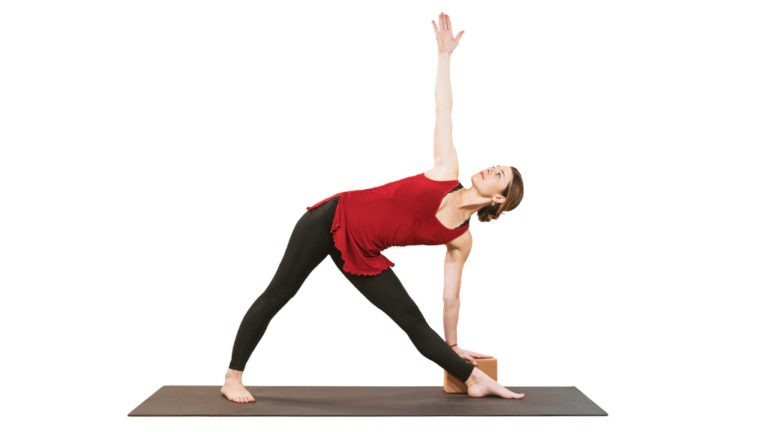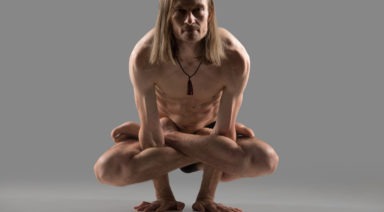5 Tips for Getting Into Full Lotus

Many of us see value in full lotus. “Will I be able to meditate for hours on end, or have super powers?” The truth is YES…If you cultivate the mind and soul underneath the bodily appearance of full lotus. Here are some tips to get bendy in mind and body.
1. Humility
Our flexibility changes day to day, and being in tune with our bodies, and their limits on a particular day, is the most important part of asana for us yoga practitioners. If we don’t have the hip openness and strength that day, it may just be best for our knee joint and ligaments to find our edge for the day and back off.
2. Full Lotus doesn’t make you a better yogi
Patanjali only makes three comments on asana; with the first being that it should be “steady and comfortable”. It may look sweet in Yoga Journal, or when you find your friend who has never done yoga can hop into lotus.
But then we must come back to remembering that asana isn’t about getting a pose to look just “right”, but to make it indulgent and freeing in our bodies, rather than stiff and forced. The practice of yoga really opens us up off the mat as well. This makes the practice of life freeing, when we know that we can back off, rather than force situations and relationships.
3. Knee health
Sickle-ing of the foot, is the grim reaper for your knees. By keeping the ankle neutral, you are able to keep the tiny ligaments surrounding the knee happy, and healthy. This translates to flexing the foot up while placing the foot.
4. Double Pigeon (Agnistambhasana)
Double Pigeon is a great pose for opening up the outer hips, and getting movement in the psoas or hip flexor muscles. Sit cross-legged and reach for the shin farthest from you. Grab the inside of the shin (calf and heel). Lift the knee, then the flexed foot, up on top of your other shin. This should resemble two fire logs stacked on top of each other, with heel and knee lining up on both sides. If there is discomfort in the knee, or to release, carefully lift the knee first, with the foot still flexed, and lift the foot off the knee and place on the ground.
5. Wide Seated Forward Bend (Upavistha Konasana)
Sit with your legs wide apart. Lift the flesh out from behind you, and engage the quadriceps muscles to lift the knee caps. Begin on your right leg. Start at the groin, making your way down to the knee, use your hands to manually spin your thigh internally, so your kneecaps face up or forward, towards the front of the room. Repeat on the second side. Elongate through the spine, and lean the chest forward into this luxurious stretch.
Now you. Do you have any tips as to how you got into full lotus? It doesn’t mater how silly. What helped you in body or mind, to get to the point where there was no knee tension, and your hips felt open enough, and your mind stilled? Truth moment: I still can’t get into lotus without knee discomfort. Everyday is another day closer, as I enjoy the journey of opening up into my full lotus.
Defining Yoga Asanas

The Sanskrit word asana translates into seat in English, but if you say the word to yoga practitioners, all the postures and stretches they know will flash through their minds. Patanjali’s Yoga Sutras simply define asana as a “steady, comfortable posture,” which could be any shape.
In modern yoga context, an asana refers to a physical pose i.e. balasana (child’s pose) or trikonasana (triangle pose).

Trikonasana (triangle pose)





































